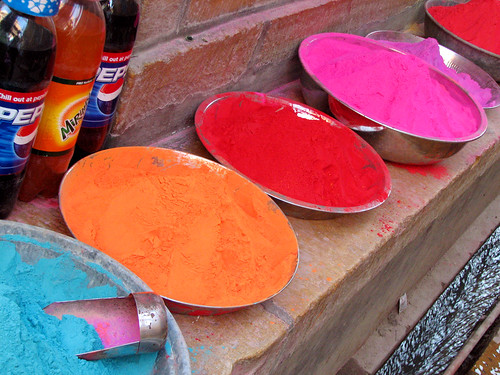which are moored to the Puranas, the mythological scriptures of Hindus. There have been so many important legends associated with the occasion of Diwali that five days have been accredited for the celebration of Diwali in India with each day holding importance of its own. The following are the five days of Diwali, each having the rituals and myths of its own.
.Dhanteras
.choti Diwali
.Diwali
· Padwa
· Bhaiya-Dooj
Diwali Customs and Traditions
These customs and traditions show the mythological aspect of Diwali and also reveal the festive mood of the Indians who actually follow these ancient traditions and customs, which have been passed on by their ancestors. So this Diwali, get to know about all the Diwali customs and traditions along with Diwalimela
pooja
On this day Shri Ram, Lakshman, Sita Mata returned to Ayodhya after 14 years of exile after defeating Ravana.
The whole city was lit with deepaks to welcome them. The Vaishyas, the business community start their new year on this day.
People celebrate by wearing new clothes, decorating the house, exchanging gifts, playing cards and bursting firecrackers. New clothes, gifts and sweets are sent to the households of the married sisters and daughters.
At sunset puja is performed to Shri Ganeshji, Lakshmiji, Kuberji and the Navagrahas. The Idol of Lakshmiji is kept on the right side of one idol of Ganeshji, as Lakshmiji considered to be a mother of Shri Ganesh.
The women of the house observe a vrat/fast for Lakshmiji. Food is eaten after Lakshmiji darshan that is after sighting a lit deepak in someone else's house.














